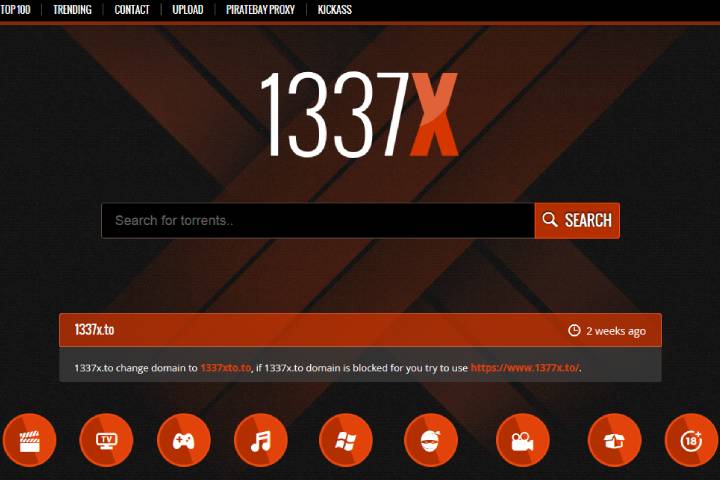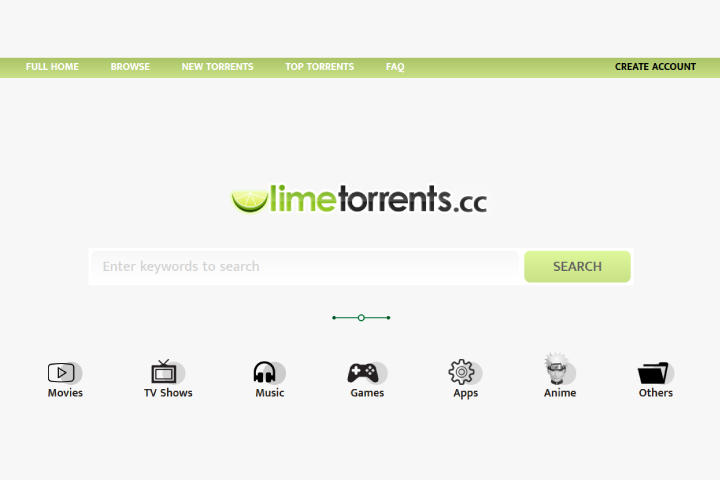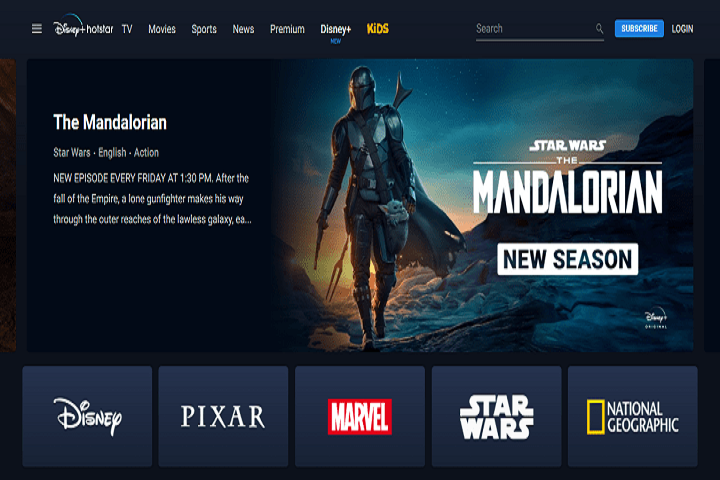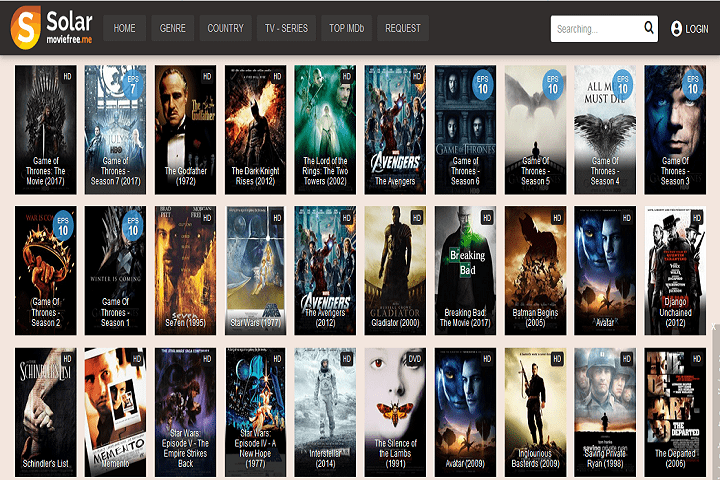Business
Transforming Goals into Actionable Results

Organizations universally set goals and strategic plans each year, aiming to grow revenue, increase efficiency, or launch innovative offerings. Leadership teams devote extensive energy to developing future visions, five-year horizons, and stretched objectives to motivate their workforce.
But the hard truth remains: lofty ambitions alone rarely catalyze actual change. For transformational plans to spark tangible impacts, organizations must bridge the gap between theoretical strategy and on-the-ground execution.
Table of Contents
1. The Planning Disconnect
Many goal-setting approaches prioritize inspiration over implementation. Leadership defines desires for the future: – become a $1 billion revenue company, penetrate emerging markets, and transform customer experiences through AI. Such ‘aim-big’ mindsets spark energy and provide directional guidance amid uncertainty.
However, most planning exercises fail to detail the nitty-gritty work required to achieve audacious results on the ground. People walk out of annual meetings jazzed about the future but without playbooks for activating it day-to-day. Vague aspirations then struggle to be converted into economic value.
2. Finding the Right Strategy
An OKR planning template offers one methodology to overcome this strategy/execution divide. OKRs, or Objectives and Key Results, provide a template to cascade high-level goals into measurable, actionable metrics at every organizational level. This connects future milestones with present-moment decision-making, ensuring teams work synergistically towards overarching ambitions. With a strong goal architecture in place, inspiration more seamlessly fuels activation.
3. Why Actionability Matters
Transforming lofty aspirations into step-by-step execution plans brings several advantages:
- Alignment: With clear OKRs spanning functions, teams can coordinate priorities, resources, and timelines effectively. This fosters organization-wide momentum versus siloed efforts.
- Motivation: Breaking ambitious objectives into bite-sized key results is less daunting for individuals. Granular metrics maintain motivation amid long horizons.
- Focus: Concrete next steps prevent distraction from organizational shiny objects that capture attention yet deliver little value.
- Accountability: Quantifiable measures allow all stakeholders, from frontline individuals to CEOs, to track progress and course-correct in real-time if lagging.
With a strong goal architecture in place, inspiration more seamlessly fuels activation. But we still must apply rigorous execution principles—communication, tracking, agility, and celebration—to generate the hoped-for results.
4. Driving Change in Complex Systems
Large enterprises are multifaceted systems, with interdependent elements spanning processes, technology, and people. This complexity makes driving macro-level outcomes uniquely challenging. As legendary management thinker Peter Drucker noted, “There is nothing so useless as doing efficiently that which should not be done at all.”
Turning broad organizational change into economic returns requires carefully targeting the vital few interventions that catalyze outsized results. OKRs help leaders thoughtfully assess and sequence the projects that will structurally reinvent operations, remove friction from value chains, and upgrade talent capabilities over time. With clear transformations roadmaps in place, big goals become more grounded amid real-world constraints.
5. Sustaining the Journey
Finally, cascading OKRs across the hierarchy sustains strategic focus as leaders come and go. They provide continuity through inevitable ebbs and flows in the volatile, uncertain business climate. With institutionalized processes for regularly resetting, communicating, and reviewing objectives and key results, organizations stay centered on the handful of big bets that matter most while retaining the flexibility to evolve tactics as needed.
Annual goal setting is table stakes for contemporary organizations. But without concerted efforts to turn those goals into measurable action plans, little changes amid organizational complexity.
-

 Instagram4 years ago
Instagram4 years agoBuy IG likes and buy organic Instagram followers: where to buy them and how?
-

 Instagram4 years ago
Instagram4 years ago100% Genuine Instagram Followers & Likes with Guaranteed Tool
-

 Business5 years ago
Business5 years ago7 Must Have Digital Marketing Tools For Your Small Businesses
-

 Instagram4 years ago
Instagram4 years agoInstagram Followers And Likes – Online Social Media Platform















